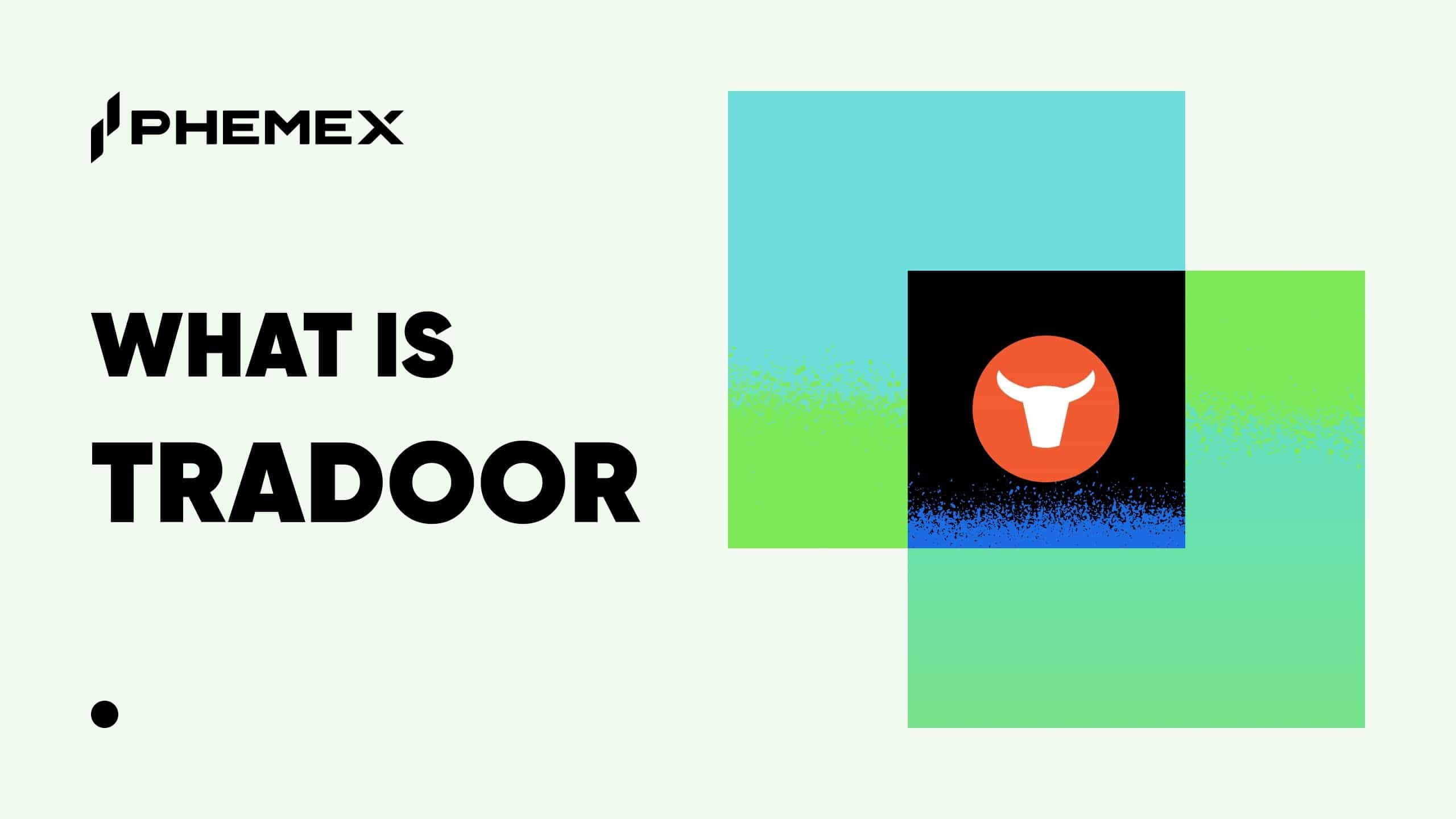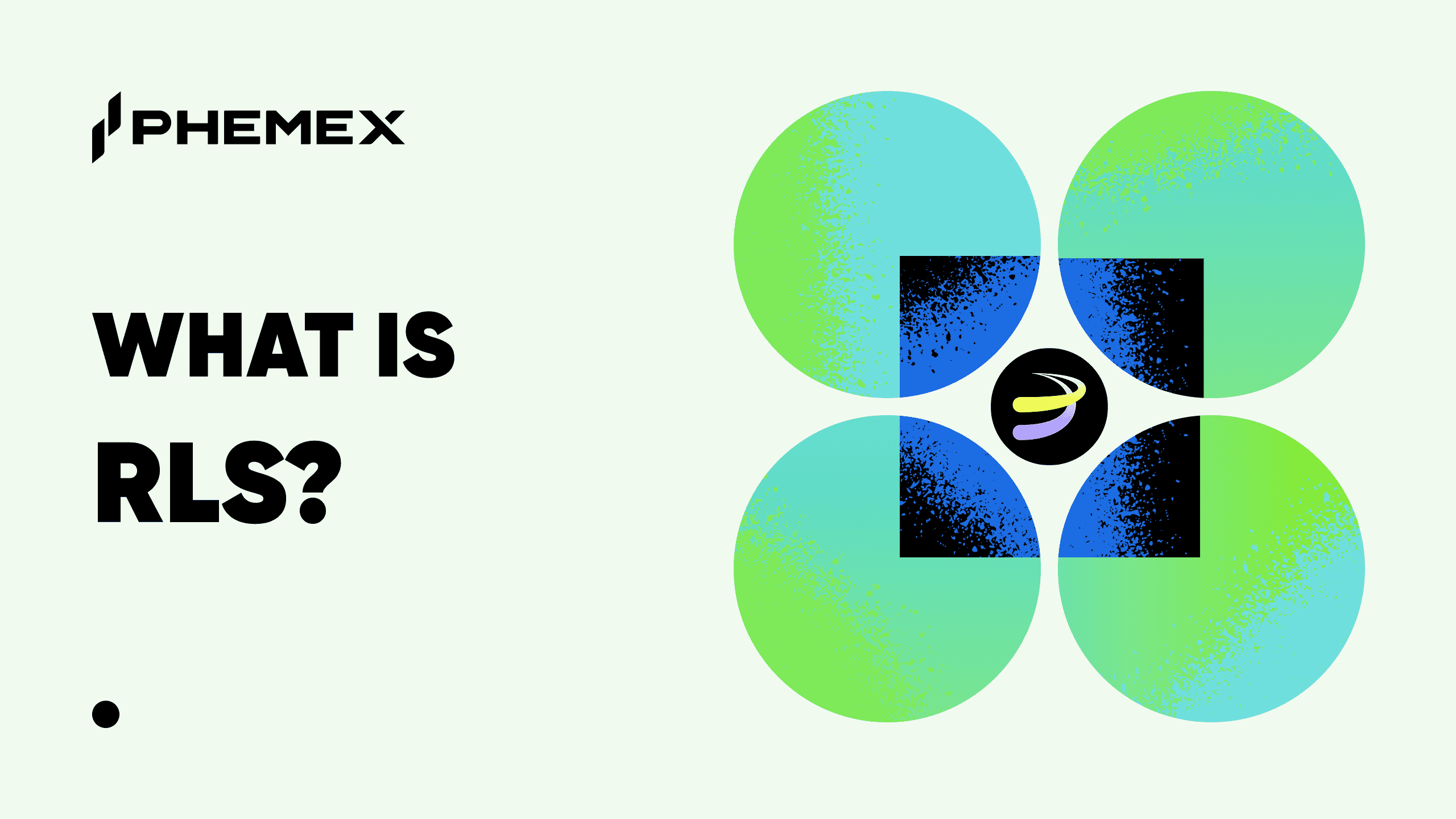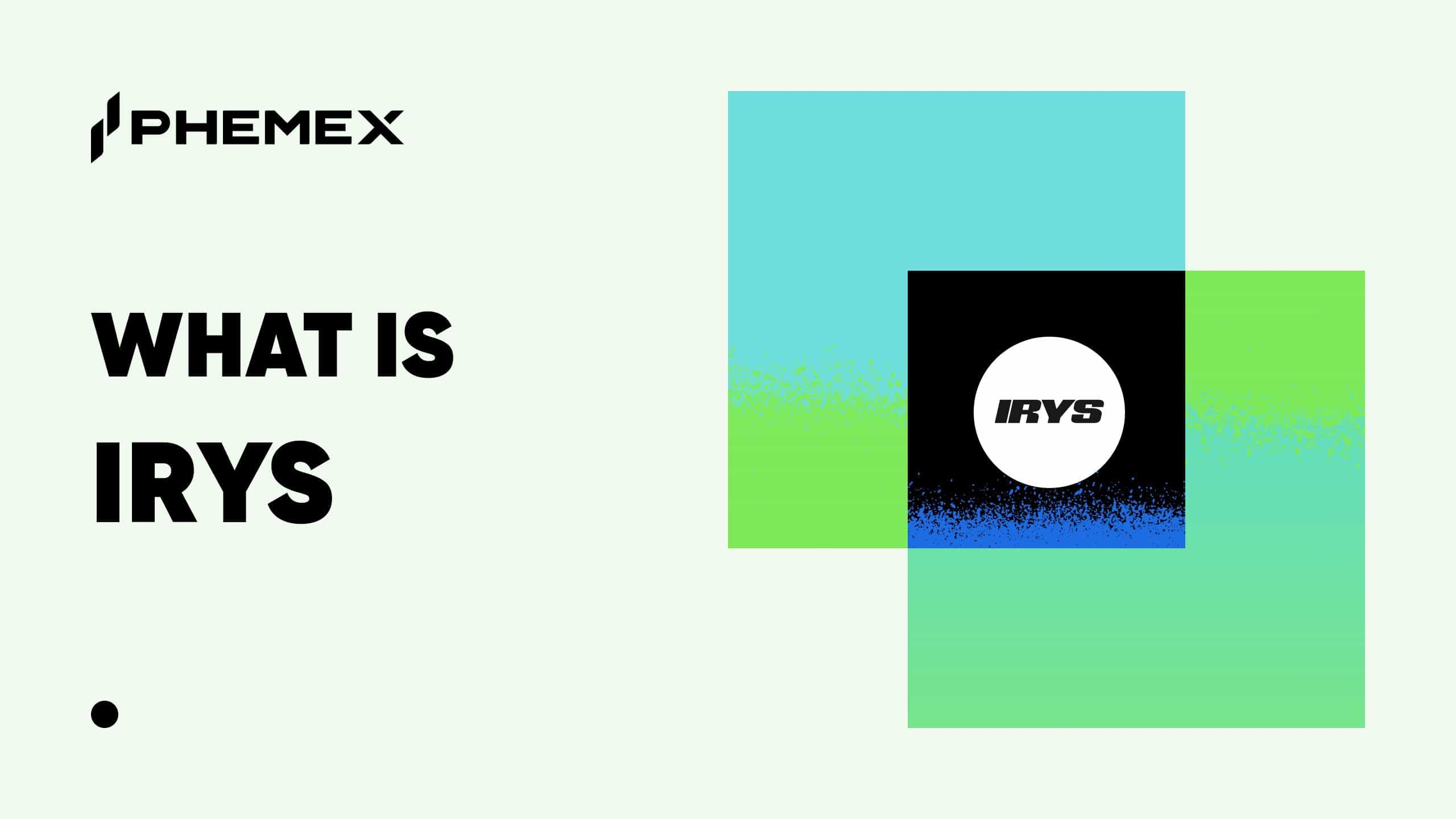Polyhedra Network is a key player in Web3 interoperability, leveraging Zero-Knowledge Proof (ZKP) technology to enable secure cross-chain communication. Launched in 2023, ZKJ powers a platform that bridges networks like Ethereum and Arbitrum, offering solutions for scalability and privacy. Despite recent market volatility drawing significant attention, Polyhedra continues to advance decentralized technologies with a strong community and investor backing. This guide explores how to buy ZKJ on Phemex, its tokenomics, use cases, and market dynamics in 2025. Dive in to understand ZKJ’s role in the crypto ecosystem, but always conduct your own research before trading.
Polyhedra Network (ZKJ) Quick Facts
- Ticker Symbol: ZKJ
- Chain: Ethereum (ERC-20), BNB Chain (BEP-20)
- Contract Address: 0xc71b5f631354be6853efe9c3ab6b9590f8302e81 (Ethereum)
- Total Supply: 1,000,000,000
- Circulating Supply: ~292.86 million (June 2025)
- Primary Use Case: Blockchain interoperability and scalability via ZKP technology
- Current Market Cap: ~$104.63 million (June 2025, check live data for updates)
- Availability on Phemex: Available on Phemex Spot
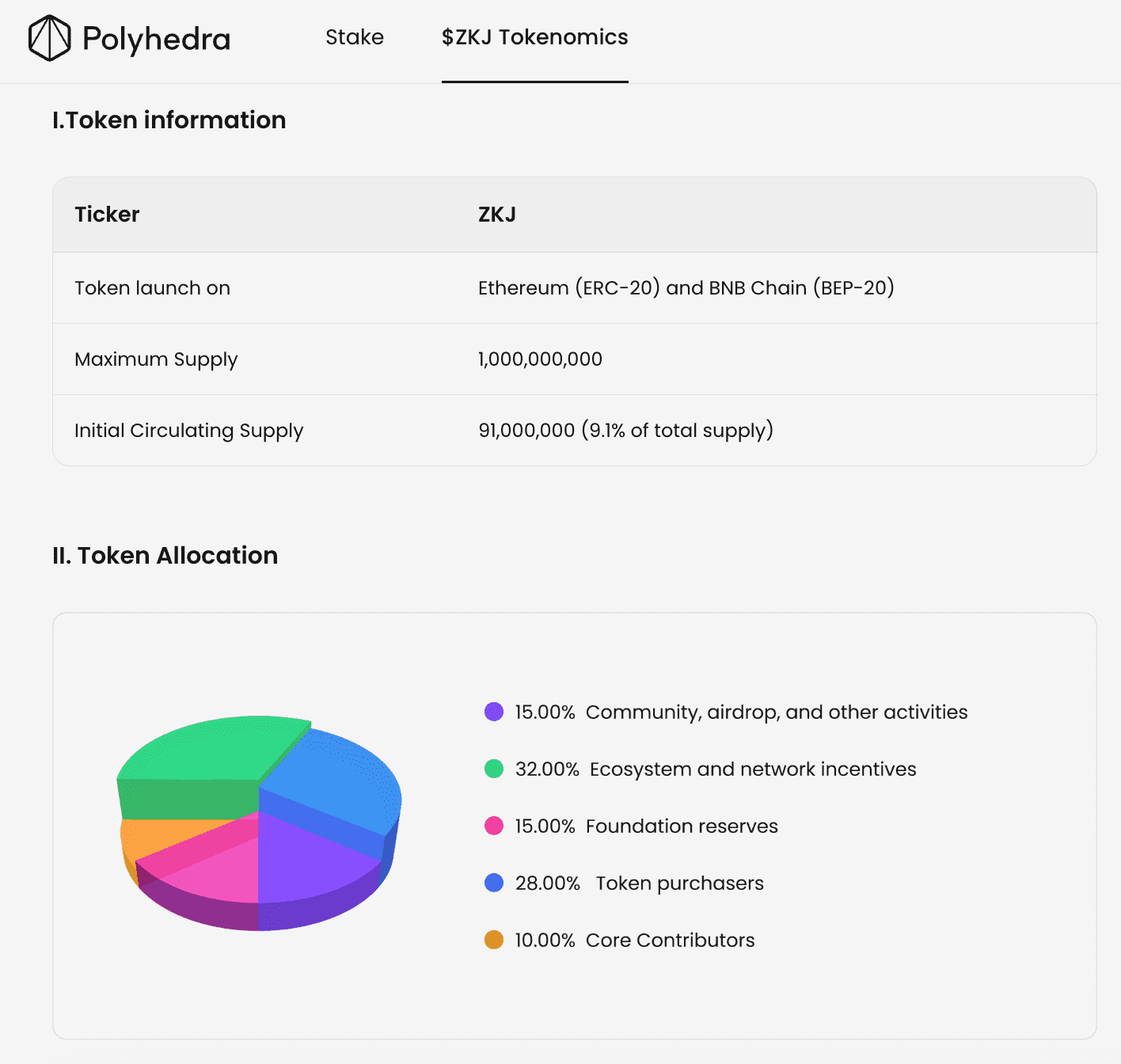
What Is Polyhedra Network?
Polyhedra Network is a blockchain infrastructure platform that uses Zero-Knowledge Proof (ZKP) technology to enable secure, efficient, and trustless cross-chain communication. Its flagship product, zkBridge, facilitates seamless asset transfers, message passing, and data sharing across Layer 1 (L1) and Layer 2 (L2) networks, such as Ethereum, BNB Chain, Arbitrum, and Polygon. By integrating ZKP, Polyhedra ensures privacy and security without additional trust assumptions, addressing Web3 challenges like liquidity fragmentation and scalability. The platform also offers Proof Cloud for ZKP generation and Expander, a high-performance ZKP system in development. With a focus on bridging Web2 and Web3, Polyhedra supports real-world asset (RWA) integration, per Polyhedra Network.
Key News & Events
-
2022: Launched zkBridge, a groundbreaking trustless cross-chain bridge using zero-knowledge proof technology, enabling secure interoperability across multiple blockchain networks.
-
March 2024: Secured $20 million in funding at a $1 billion valuation, marking its fifth financing round in two years and underscoring investor confidence (CoinDesk).
-
March 19, 2024: Released and airdropped the native ZKJ token, enhancing the ecosystem’s utility and engagement (CoinLaunch).
-
October 2024: Updated the 2024 roadmap, outlining continued development and expansion plans (Messari).
-
June 15, 2025: ZKJ’s price crashed over 80%, dropping from ~$2 to $0.30 due to abnormal ZKJ/KOGE transactions, triggering a liquidity crunch and boosting ZKJ’s visibility amid market attention; the team is reviewing the incident (Cointelegraph).
-
Ongoing: Established partnerships with key Bitcoin ecosystem players, including OKX Wallet, UniSat Wallet, Babylon, Bitlayer, and Rootstock, to broaden zkBridge’s reach and functionality (Messari).
-
Ongoing: Actively supports developers with comprehensive resources and community engagement, fostering innovation and adoption (Polyhedra Network).
-
Regulatory Compliance: Maintains a clean regulatory profile with no reported SEC or legal issues, focusing on compliant growth.
How Many Polyhedra Network (ZKJ) Tokens Are There?
Polyhedra Network has a total supply of 1,000,000,000 ZKJ tokens, with ~292.86 million in circulation as of June 2025, per CoinMarketCap. The token distribution, outlined by Polyhedra Foundation, supports long-term ecosystem growth:
- Community, airdrop, and activities: 15% (150,000,000)
- Ecosystem and network incentives: 32% (320,000,000)
- Foundation reserves: 15% (150,000,000)
- Token purchasers (Pre-TGE round): 2% (20,000,000)
- Token purchasers (Private sale rounds): 26% (260,000,000)
- Core contributors: 10% (100,000,000)
The release schedule includes cliffs (e.g., 24-month for core contributors) and unlock periods up to 48 months, ensuring gradual circulation.
What Are Polyhedra Network’s Use Cases?
ZKJ tokens are integral to Polyhedra Network’s ecosystem, supporting key functionalities that enhance Web3 interoperability and governance, per Polyhedra Foundation:
-
EXPchain Transactions: ZKJ facilitates transaction fees on Polyhedra’s blockchain, ensuring efficient operations.
-
zkBridge Cross-Chain Interactions: Powers trustless asset transfers and data sharing across networks like Ethereum and Arbitrum.
-
Proof Cloud ZKP Services: Developers pay with ZKJ for zero-knowledge proof generation, enabling privacy in Web3 applications.
-
Staking and Governance: Holders stake ZKJ to participate in transaction verification and ecosystem governance, earning rewards.
-
EigenLayer Restaking: Enhances economic security for cross-chain bridges, such as Ethereum-to-Bitcoin, via restaking mechanisms.
These use cases position ZKJ as a versatile utility token in the Web3 space.
How Does Polyhedra Network Compare to LayerZero?
Polyhedra Network and LayerZero are leading interoperability protocols, but they differ in approach and technology. Below is a comparison to clarify their roles:
| Feature | Polyhedra Network (ZKJ) | LayerZero |
|---|---|---|
| Technology | ZKP-based (zkBridge, zkSNARKs) for trustless cross-chain communication | Omni-chain protocol using oracles and relayers |
| Blockchain | Ethereum, BNB Chain, and 20+ L1/L2 networks | Supports 30+ chains, including Ethereum and Solana |
| Use Case | ZKP services, governance, cross-chain asset transfers | Cross-chain messaging, DeFi, and NFT interoperability |
| Market Cap | ~$104.63 million (June 2025) | Not tokenized (no native token) |
Polyhedra’s ZKP focus offers enhanced privacy, while LayerZero prioritizes broad compatibility.
What Technology Powers Polyhedra Network?
Polyhedra Network leverages Zero-Knowledge Proof (ZKP) technology to deliver secure and scalable solutions. Its core offerings include:
- zkBridge: Uses zkSNARKs for trustless cross-chain verification, reducing costs and enhancing security.
- Proof Cloud: Enables developers to generate and verify ZKPs for Web3 applications.
- Expander: A high-speed ZKP system, optimized for efficiency, per Polyhedra Network.
These technologies, built on Ethereum and BNB Chain, support Polyhedra’s mission to bridge Web2 and Web3 ecosystems.
Who Created Polyhedra Network?
Launched in 2023, Polyhedra Network is backed by prominent investors, including Binance Labs, Polychain, OKX Ventures, and Animoca Brands. The team collaborates with major networks like Ethereum and Arbitrum, driving ZKP research with innovations like Orion and Libra.
What Is Polyhedra Network’s Community Presence?
Polyhedra Network maintains an active presence on platforms like X and Discord, where developers and enthusiasts discuss ZKP and interoperability. The community supports zkBridge testing and governance, contributing to the project’s growth.
What Factors Should You Consider Before Trading ZKJ?
Trading ZKJ involves understanding its market dynamics and risks. Key factors include:
-
Market Volatility: ZKJ’s price dropped over 80% on June 15, 2025, due to abnormal transactions, per Cointelegraph.
-
Technology Adoption: ZKP’s growing demand supports ZKJ’s utility, but competition is fierce.
-
Investor Backing: Support from Binance Labs and others adds credibility.
-
Project Maturity: As a 2023 project, long-term success is unproven.
As of June 2025, ZKJ’s market cap is ~$104.63 million, per CoinMarketCap. Cryptocurrencies are speculative assets, and market conditions can change rapidly. Research thoroughly and monitor live prices on Phemex’s trading dashboard.
How to Trade Polyhedra Network (ZKJ) on Phemex
To trade ZKJ on Phemex (ZKJ/USDT):
- Sign up for a Phemex account and complete KYC if required.
- Deposit USDT or supported assets into your Phemex wallet.
- Navigate to the ZKJ/USDT trading pair on the main exchange or search for ZKJ on MemeX.
- Execute a market order for instant trading or a limit order for your target price.
- Store tokens in your Phemex account or transfer to a compatible wallet (e.g., Ethereum or BNB Chain).
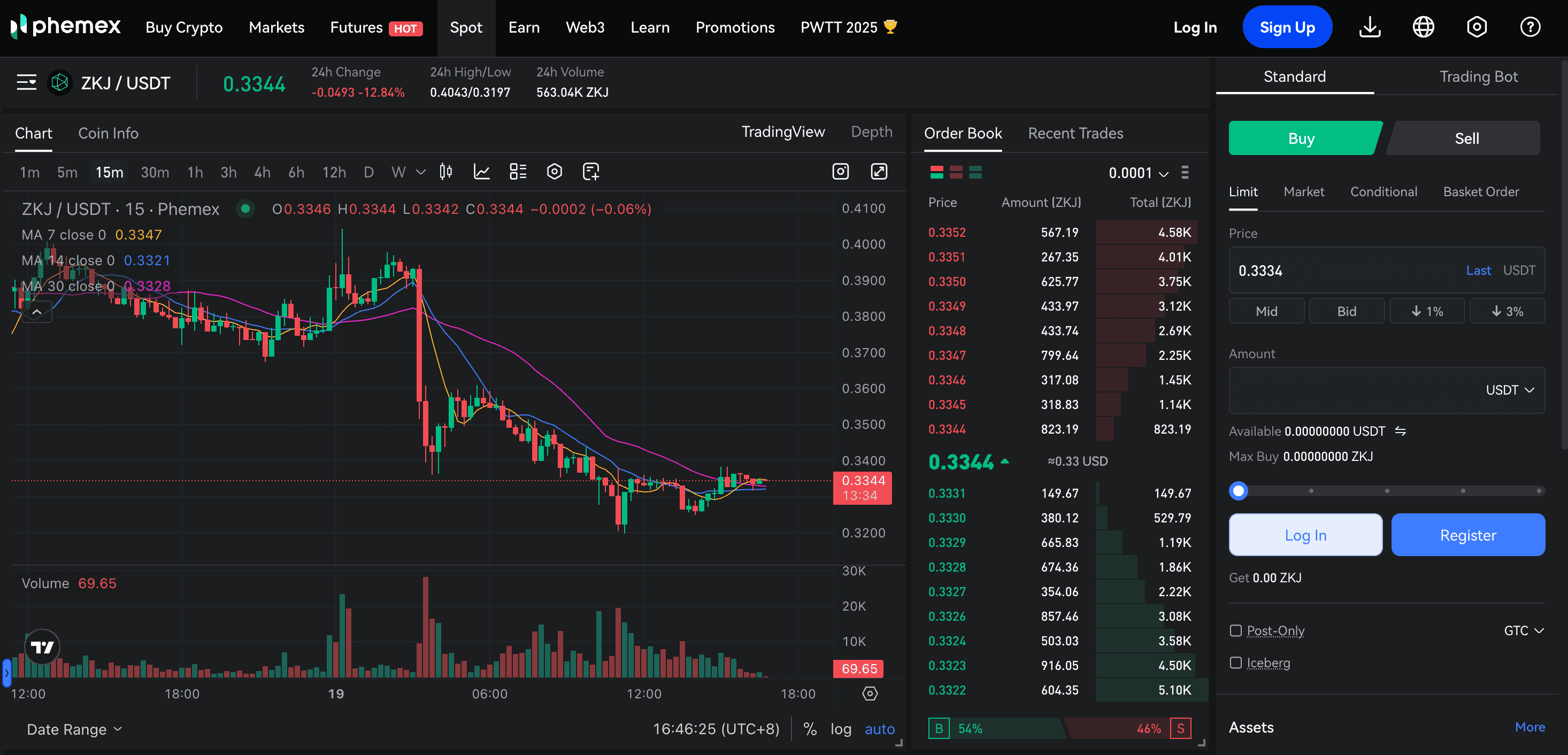 Start trading on Phemex.
Start trading on Phemex.
Why Polyhedra Network Matters in 2025
Polyhedra Network’s ZKP-driven solutions address critical Web3 challenges, enabling secure and scalable cross-chain communication. Its role in bridging Web2 and Web3 positions it as a key player in decentralized innovation. Whether exploring ZKJ or other blockchain projects, stay informed with Phemex.
Disclaimer
The content of this article is for informational and educational purposes only and should not be construed as financial, investment, or legal advice. Cryptocurrency and tokenized asset investments carry significant risk, and past performance is not indicative of future results. Always conduct your own research or consult a qualified financial advisor before making investment decisions.





